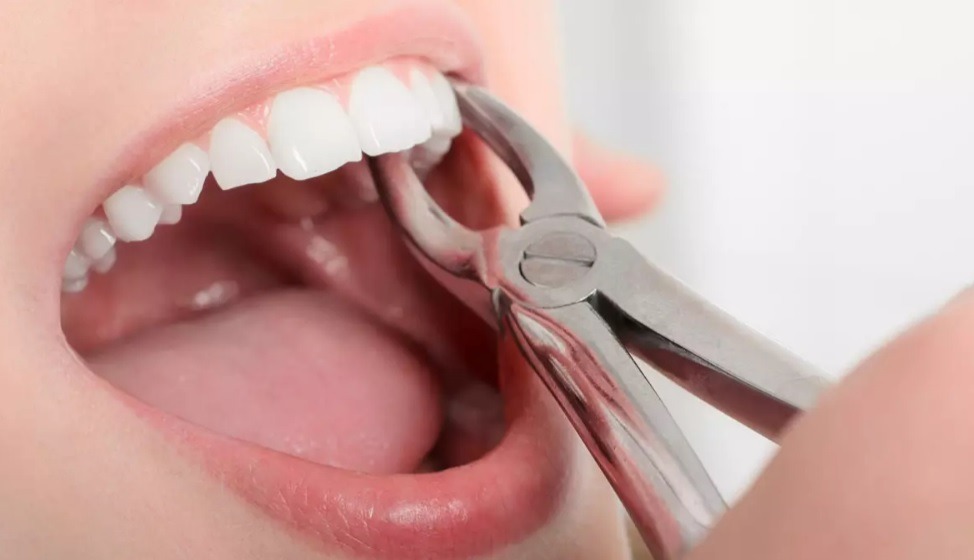Tooth Extraction
As dentists, we try our absolute best to save a tooth and preserve its function for as long as possible because nothing beats the natural tooth structure. However, there are cases wherein the only viable treatment option would be the removal of the tooth from its socket or tooth extraction.
Here at Identity Dentistry, we want to provide both quality dental care and adequate patient education so that you will be guided throughout your journey with us.
- Severe tooth decay or dental caries
When a tooth with dental caries is left untreated for too long, the remaining healthy tooth structure continues to diminish. There will come a time when the tooth cannot support a restoration with a dental filling or even a crown.
- Severe gum disease or periodontitis
In advanced stages of gum disease, the supporting tissues of the tooth are irreversibly damaged leading to gum recession, tooth mobility, and drifting of teeth. In cases of severe destruction, some teeth may not be amenable to periodontal treatment.
- Fractured or Cracked teeth
When faced with trauma from a fall or accident, a tooth may fracture or crack. Depending on the type and severity of the fracture, the treatment may also vary. In small fractures, they can usually be restored with a dental filling but in the more severe cases, extraction may be required.
- Malposed, Supraerupted, and Impacted teeth
In unfavorable cases, some teeth may be positioned in a way that deviates from their normal position. Because of this, they cannot perform their function and can also serve as “food traps” that can harbor bacteria.
- Pre-orthodontic Procedures
Prior to placing braces, your dentist will assess the amount of space needed to correct the alignment of your teeth. In some cases of crowding, the amount of space need surpasses the available space in your dental arch. Upon thorough examination, your dentist might recommend the extraction of some teeth, usually the first upper premolars.
- Baby Tooth Extraction
In certain circumstances the only remaining option for treatment of a tooth may be extraction. For example, where the tooth is a baby not an adult tooth, this can be the most appropriate treatment to make room for permanent tooth to grow.
While we endeavour to leave extraction as a last resort, our team of dentists is trained to recognise teeth requiring this treatment and to provide this in the least painful way possible.
Certain precautions must be taken after a dental extraction to facilitate healing and prevent complications. For starters, you can expect slight pain or discomfort after the procedure. This is normal and can be managed by pain relievers that will be prescribed by your dentist.
Slight oozing of blood can also be expected as your platelets are trying to manage the bleeding by forming a blood clot. To make it easier for them, it is advised to refrain from smoking, spitting excessively, drinking using a straw, and engaging in strenuous activities at least 24 hours after surgery.
It is also important to note that proper oral hygiene measures are relevant in the healing process. Proper toothbrushing, while avoiding the site of surgery, at least twice a day is still advised. Mouth rinses can be used as long as you avoid those that contain alcohol.
If you want to know more about tooth extraction in Canberra, book an appointment with us so that we can talk more about your concerns!
To experience quality dental care, you may request an appointment with us in different ways.
You may visit our website at https://www.identitydentistry.com.au or click the button down below or call us at 02 6248 5692.


